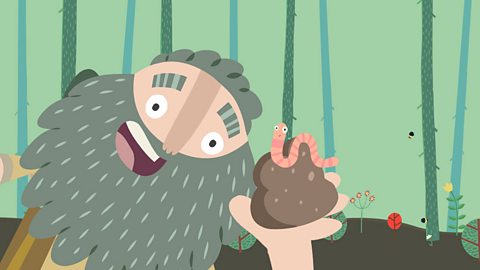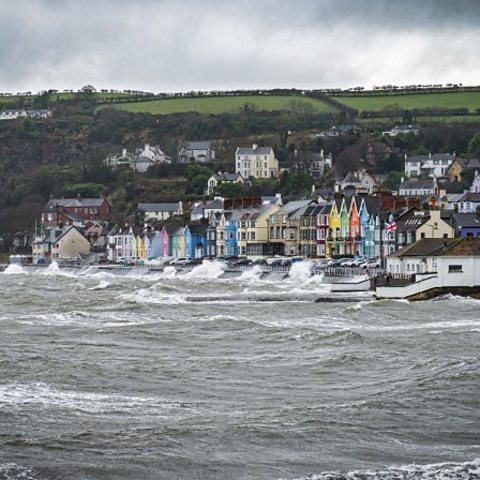
How does the weather impact us?
We are all affected by the weather.
The weather influences what we eat and drink, how we build our homes, the clothes we wear, and much more. Weather is with us all the time.
Weather can be hot or cold, windy or still, wet or dry, scary or relaxing.
In some areas, weather changes on a daily basis.
In other areas, the weather stays quite similar all year round.
The typical weather of a region from year to year is known as its climate.
A place's climate depends on how far north or South of the equator it is.


Examples of weather and effects
Temperature: Temperature is an obvious effect of weather. On a hot day, we might feel a bit sweaty and want ice cream or a cold drink, while on a cold day, we might feel shivery and want to wear warm clothes. A thermometer is an instrument used to measure temperature.
Wind: Wind is the movement of air, which has different effects depending on its strength. A gentle breeze might make us feel cool and refreshed, while a strong gust of wind could knock over objects or make it hard to walk. Hurricanes and tornadoes are examples of when the wind is strongest and most dangerous.
Rain: Rain is water falling from the sky. A light rain might make us feel damp, while a heavy downpour could flood streets and homes and stop us from doing our outdoor activities.
Thunder and lightning: Thunder and lightning are both caused by electrical charges in the atmosphere. Thunder is the sound made by lightning, which can be loud and startling. Lightning can be beautiful to look at, but it's dangerous and can start fires if it hits a flammable object.

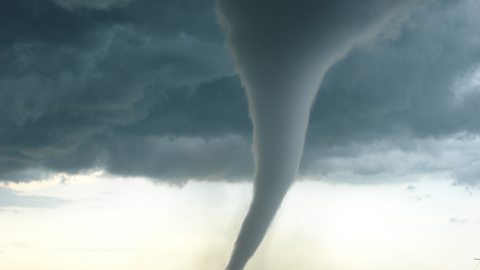
Image caption, A tornado in Canada
1 of 3
Long-term effects of weather
The weather can have a long-term effects on the things around us. For example:
Erosion: Erosion is when wind, water, and other natural forces wear away the soil and rocks on the Earth's surface. This has happened over many years, helping change the land's shape and even creating new features such as caves and valleys.
Floods: Heavy rain can cause flooding. Flooding is when water overflows and covers areas that are normally dry. Floods can be very damaging to homes, buildings, and roads, and they can also cause problems with crops and other plants.

Drought: Drought is a long period when there is very little rain. This makes it difficult for plants to grow and can also cause problems for animals that need water to survive. Drought can also lead to dangerous wildfires that can destroy homes and other buildings.
Climate change: Climate change describes long term changes to the Earth's climate. It is causing the world to heat up, which effects temperature and rainfall in different regions.
Ice and snow: In some parts of the world, the temperature is freezing, causing ice and snow to build up over many years. This can create glaciers, which are huge masses of ice that can change the shape of the land over long periods of time. Ice and snow can also cause problems for people and animals, making it difficult to travel or find food.

Image caption, Sea caves caused by coastal erosion on Wallace Island, British Columbia, Canada
1 of 3
More on The Earth
Find out more by working through a topic
- count3 of 8
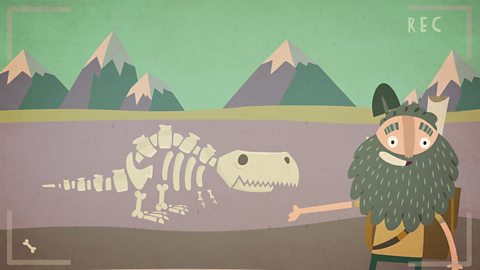
- count4 of 8
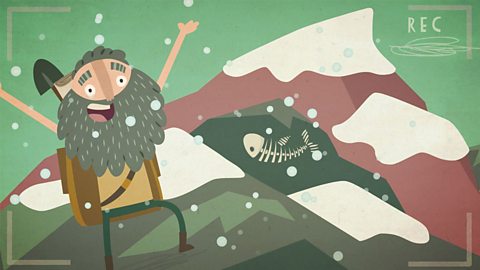
- count5 of 8
